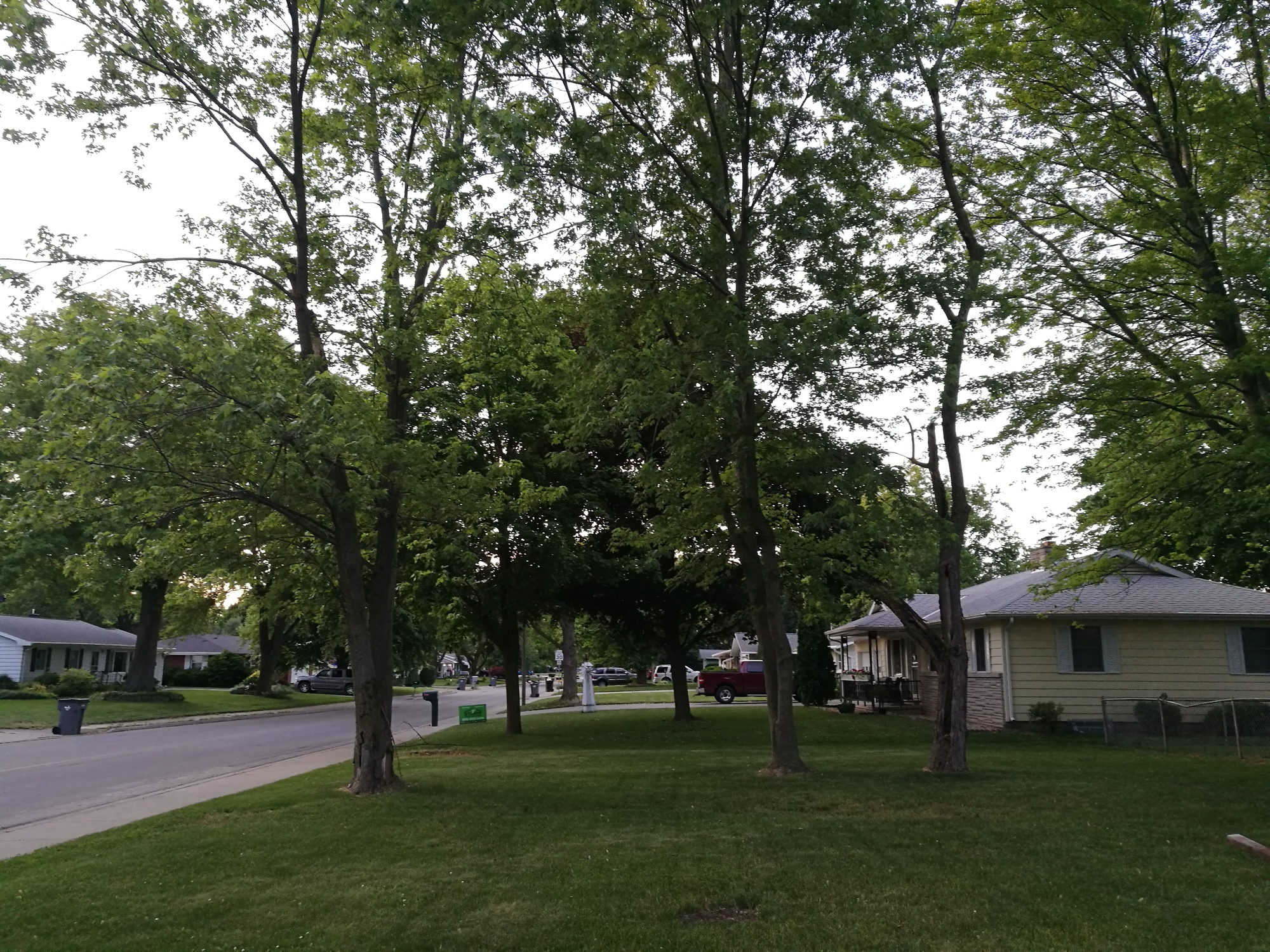News & Updates All »
BOIL ORDER: College Avenue and Westwood Road
Monday, April 22, 2024
This boil order has been canceled. On Monday, April 22, a boil order was issued for the area south of College Avenue to Westwood Road. This area includes Goshen Hospital, part of the Historic Racemere Peninsula Neighborhood, and Goshen College west of 9th Street. A map of the affected area can be... more
CITY OF GOSHEN TO PARTICIPATE IN MAY FIRST FRIDAY GREEN DAY CELEBRATION
Monday, April 22, 2024
The City of Goshen Environmental Resilience Department is partnering with Downtown Goshen to host May’s First Friday Green Day Celebration on Friday, May 3. The event, centered on the courthouse lawn, will feature activities and educational tables from city departments, partners, and local businesses. “We’re... more
U.S. Environmental Protection Agency to Conduct Community Interviews
Wednesday, April 17, 2024
The City of Goshen strives to take the best care for residents and to ensure our drinking water meets all U.S. Environmental Protection Agency (EPA) and Indiana Department of Environmental Management (IDEM) safety requirements. As part of this process, the EPA will conduct community interviews... more
Upcoming Events All »
Downtown Goshen Economic Improvement District
Thursday, May 2, 2024, 7:45am
The regular meetings of the Downtown Goshen Economic Improvement District Board will take place on the first Thursday of each month, excepting July, as set forth in the schedule below. The meetings will be held in the conference room located in Goshen City Hall at 202 South 5th Street, Goshen, Indiana. All meetings of the Goshen Downtown Economic Improvement District Board are open to the public with the exception of an executive session that may be held as authorized by Indiana Code §5-14-1.5-6.1. The Board may schedule meetings in addition to those listed above as necessary, subject to public notice requirements.
Board of Works
Thursday, May 2, 2024, 4:00pm
To join the webinar please copy and paste this link on your browser: https://us02web.zoom.us/j/88469251269
Park Board Meeting
Monday, May 6, 2024, 4:00pm
Public may join in person or virtually by following this link: https://us02web.zoom.us/j/89736482570

 Did you ever wonder about the value of a tree?
Did you ever wonder about the value of a tree?